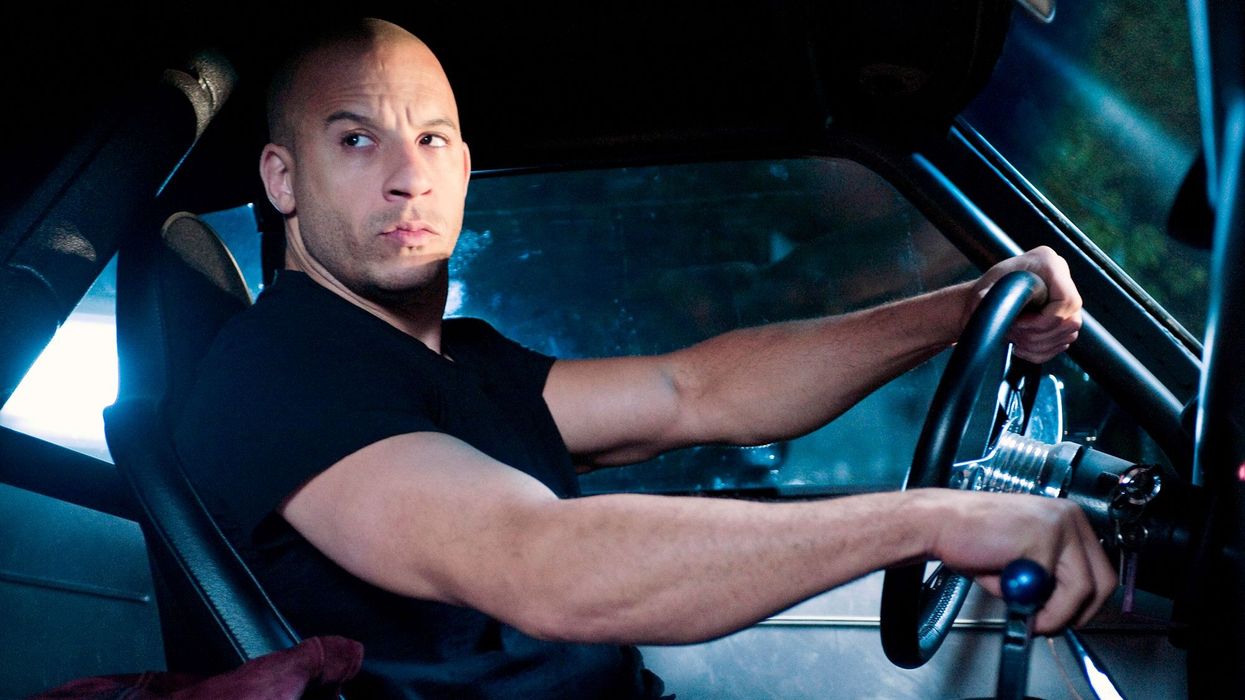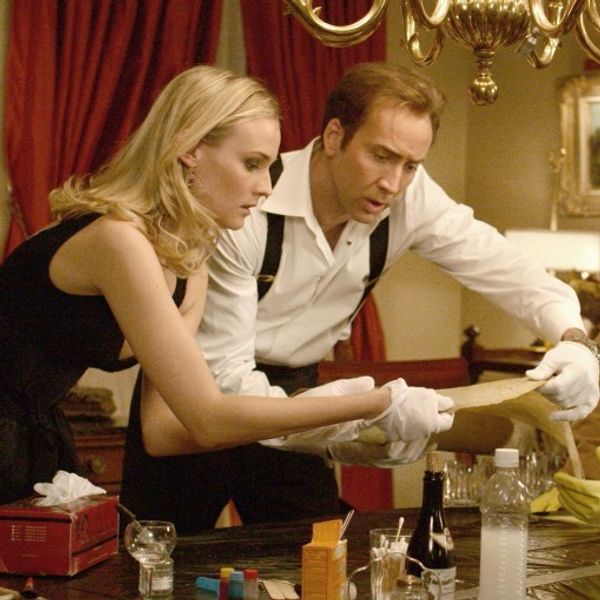The Boldest Bet in Movie History Occurred 10 Years Ago... and it Worked
Universal swapped its car racing franchise and instead made it about spies. And it worked.

When I was in 8th grade the movie that blew my mind was the original Fast and Furious. It was about a cop who infiltrated a street racing gang to figure out who was moving illegal goods through Los Angeles. The hot ticket item that was being stolen? DVD players (among other electronics). Well, last month, we saw the trailer for F9 debut with two characters driving a car with a rocket strapped to it into space.
You gotta ask yourself, how did we get here?
I wasn't the only one asking this question. The Ringer recently did a giant retrospective where they tracked the history of the franchise from then until now. Reading it was one of the most delightful experiences of my life. I am not kidding.
After the first four movies did all right at the box office, Universal saw what could be seen as diminishing returns. They had hit the limit to what they could do, mostly because the audience they serviced was still relatively niche. I mean, how many street racers do you know?
That fad was mostly dying down. And they needed a new option.
Enter Fast Five, a $125 million roll of the dice, a studio betting that the characters they had introduced and the obvious on-screen chemistry would translate to a story that had nothing to do with racing... and wasn't even set in the United States.
It was a bet that would pay off in a big way. I mean, just starting with Fast Five, the franchise has made almost $4.2 billion worldwide.
To helm this new creation, they brought in director Justin Lin, whose sleek visual style gave the franchise a makeover. They also folded in the Rock for his action clout, and really began prioritizing set-pieces, with the movie opening after Dom's prison bus got flipped over and then giving us a magnificent train set-piece that really slammed the gas pedal on the movie.
Then it switched genre gears, from cops and robbers to a heist. That enabled them to bring back the cast of characters we came to know and love from the other films. And the rest is history. The chemistry of this cast popped and became the mainstay of where the franchise would go from here.
What's always struck me outside of the gamble is how much the movies refocused on the joy they wanted the audience to feel. The first movie in the franchise was fun, but it had a dour and an overserious moment that carried all the way through four. Even though the heart of this movie has always been "family," it felt like they opened up the funny bone more and more, making sure everyone got the ability to make the audience laugh.
But none of that came at the expense of real and grounded emotions. I mean, outside of the fun, we saw them lose Paul Walker, the de facto star of this franchise. Instead of ending, the other characters stepped up, and they wrote him off gracefully. It was one of the most poignant and tear-jerking sendoffs in all of cinema history. It even had a perfect, on-the-nose song to send him off.
These movies are just Sirkian melodramas on steroids. And I love them for leaning in.
We often see these characters carry big emotions through even bigger events; babies are stolen, friends die, and people lose their cool. But the movie handles it all by putting it on the front street and letting the audience sort it out. Unlike a Bond who is reserved or a Bourne who is learning how to feel again, these are just average Joes doing the world a favor by showing up. They drink Coronas and complain about money, even though we have seen them make millions. And somehow, they still have relationship trouble.
These are the movies that defined a generation. Effortlessly diverse, emotional males, strong female leads, lots of bad-ass action... Hollywood is better for them existing. And I can't wait to see where they go next.
Let me know what you think in the comments.















